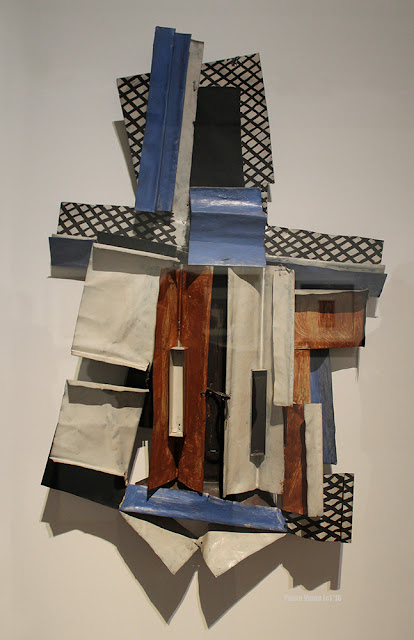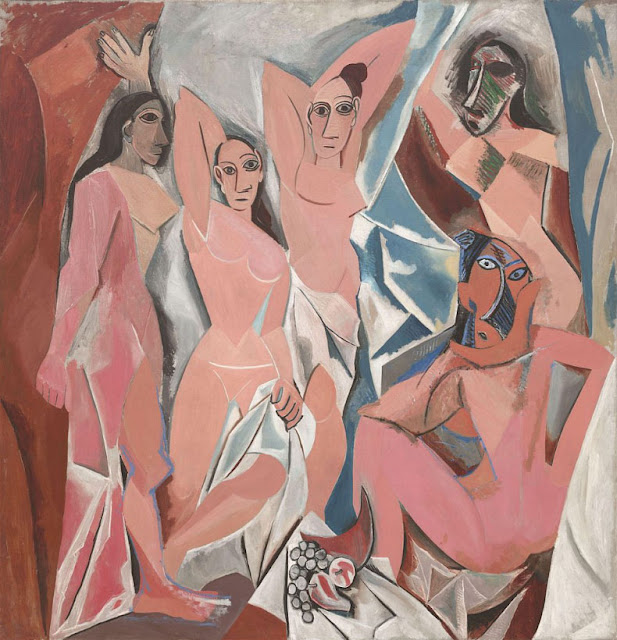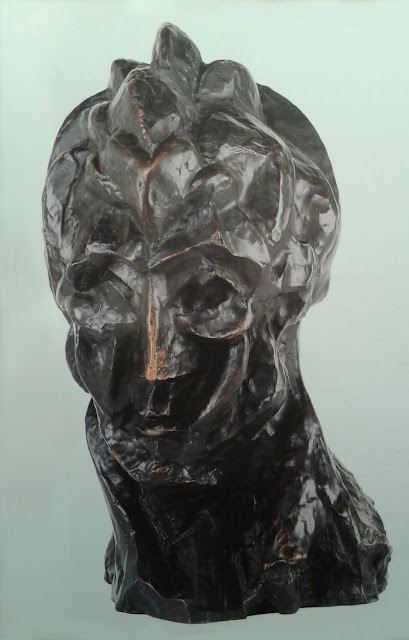“Such work was the
only valid response to the ‘neurosis which is our reality’. As such, it was not abstraction at all, but
‘the realism of our time’.” – Adolph
Gottlieb (1903-1974) / The individual and the social, Introduction to the American
Avant Garde
Theodoros
Stamos (1922-97), Ancestral Worship, 1947. Collection: Estate of Theodoros
Stamos
‘The American
Abstract Expressionists ‘ by Nina Leen for Time/Life, 1951
Pictured
from left rear: Willem De Kooning, Adolph Gottlieb, Ad Reinhardt, Hedda Sterne;
next row: Richard Pousette-Dart, William Baziotes, Jimmy Ernst, Jackson
Pollock, James Brooks, Clyfford Still, Robert Motherwell, Bradley Walker
Tomlin; foreground: Theodoros Stamos, Barnett Newman and Mark Rothko. Missing
from photo: Weldon Kees, Fritz Bultman and Hans Hofmann.
James Brooks (1906-1992) – “ISEN”, 1966 (Acrylic on canvas, 48 x 72 inches)
"The social condition of the modern world, which gives every experience its form, is the spiritual breakdown which followed the collapse of religion. This condition has led to the isolation of the artist from the rest from society. The modern artist's social history is that of a spiritual being in a property-loving world."- Robert Motherwell 'The Modern Painter's world', NY 1944.

















































